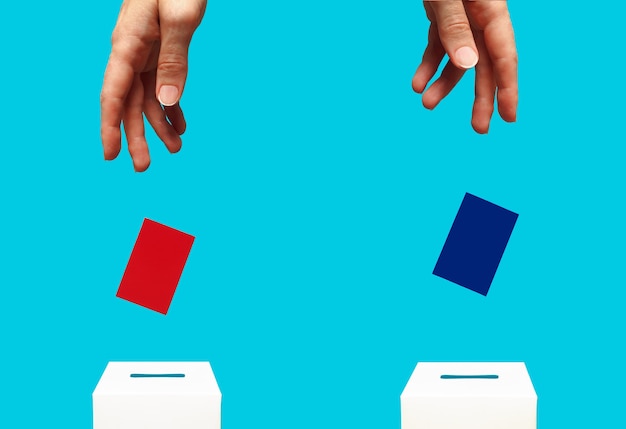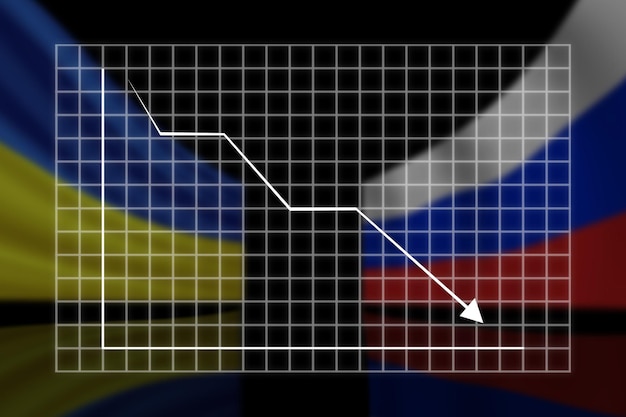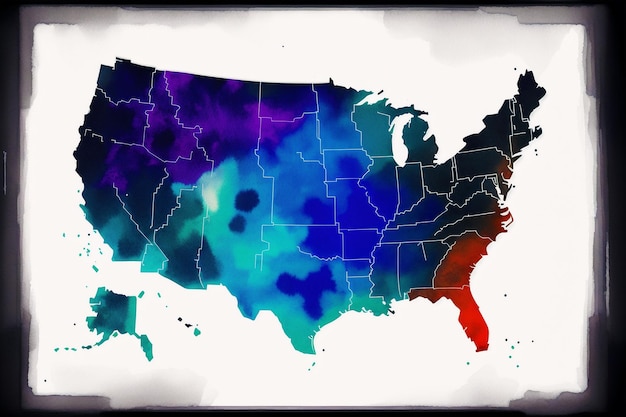2025 Election Polls: Decoding the Numbers Before You Vote

2025 Election Polls: Understanding the Numbers and What They Really Mean involves examining survey data and statistical analysis to predict election outcomes, gauge public opinion, and identify trends that influence voter behavior and political strategies in the United States.
Navigating the world of election polls can feel like deciphering a complex code. As the 2025 election cycle approaches, understanding how to interpret these numbers is crucial. This guide will help you make sense of 2025 Election Polls: Understanding the Numbers and What They Really Mean, so you can be an informed voter.
Understanding the Basics of Election Polls
Election polls are snapshots of public opinion at a specific moment in time. They attempt to predict the outcome of an election by surveying a sample of the population. Understanding the methodologies and potential biases is key to interpreting them correctly.
What is a Sample?
A sample is a subset of the population that is being studied. Pollsters use samples because it’s impractical to survey every single voter. A well-chosen sample should be representative of the overall population.
- Random Sampling: This is the ideal method, where every member of the population has an equal chance of being included in the sample.
- Stratified Sampling: This method divides the population into subgroups (strata) and then randomly samples from each subgroup to ensure representation.
- Convenience Sampling: This is a non-random method where participants are selected based on their availability or ease of access. This method is less reliable.
The quality of the sample directly impacts the accuracy of the poll. Be wary of polls with small or non-random samples.
Key Metrics in Election Polls
Election polls provide several key metrics that help us understand public sentiment. Knowing what these metrics mean and how they are calculated is fundamental for informed analysis.
Margin of Error: This indicates the range within which the poll’s results are likely to reflect the actual population. A smaller margin of error suggests higher precision.

What is Margin of Error?
- Definition: The margin of error is a statistical measure that indicates the potential difference between the poll results and the actual population values.
- Interpretation: A margin of error of ±3% means that if the poll were repeated many times, 95% of the time, the true population value would fall within 3 percentage points of the poll result.
- Factors Affecting Margin of Error: Sample size is a primary factor. Larger sample sizes generally lead to smaller margins of error.
Be particularly careful when candidate support percentages are close together, and the margin of error is large.
Common Biases in Election Polls
No poll is perfect, and biases can influence the results, leading to misleading conclusions. Recognizing these biases is critical for assessing the reliability of a poll.
Response Bias: This occurs when respondents provide answers that they believe are socially acceptable, rather than their true opinions.
Types of Poll Biases
- Selection Bias: This happens when the sample is not representative of the population due to the method of selection. For example, only surveying landline users excludes a significant portion of the population.
- Interviewer Bias: The characteristics or behavior of the interviewer can influence responses. For example, respondents may give different answers to an interviewer of a different race or gender.
- Leading Questions: The way a question is phrased can influence the response. For example, a question that suggests a preferred answer is more likely to elicit that response.
Review the poll’s methodology to understand how these biases might have been mitigated.
The Role of Polling in Political Campaigns
Polls are not just for predicting outcomes; they also play a significant role in shaping political campaigns. Candidates use polling data to fine-tune their messaging, target specific voter groups, and make strategic decisions.
Message Testing: Campaigns use polls to test the effectiveness of their messages. This helps them craft more compelling and persuasive arguments.
How Political Campaigns Use Polls
- Fundraising: Positive poll results can boost fundraising efforts by demonstrating a candidate’s viability.
- Resource Allocation: Polls help campaigns allocate resources effectively, focusing on areas where they can make the most impact.
- Opposition Research: Polls can reveal vulnerabilities within the opposing candidate’s support base, allowing for targeted attacks.
Understanding the strategic use of polls can provide insights into campaign tactics and motivations.
Analyzing Trends and Longitudinal Data
A single poll only provides a snapshot in time. To get a more comprehensive understanding, it’s important to analyze trends and longitudinal data. This involves tracking poll results over time to see how public opinion evolves.
Tracking Polls: These polls are conducted regularly to monitor changes in voter preferences. They provide valuable insights into the dynamics of a campaign.

Identifying Significant Trends
- Longitudinal Studies: These studies follow the same individuals over time, providing detailed insights into how their opinions change.
- Response to Events: Significant events, such as debates or scandals, can cause shifts in public opinion. Tracking polls can reveal how voters react to these events.
- Demographic Shifts: Analyzing poll results by demographic groups (e.g., age, gender, race) can reveal important shifts in support among different voter segments.
Always consider the context in which a poll was conducted and how it fits into broader trends.
Interpreting Polls Responsibly in 2025
As the 2025 election approaches, it’s crucial to interpret polls responsibly. Avoid jumping to conclusions based on a single poll, and consider the methodology, biases, and overall trends to form a balanced view.
Critical Evaluation: Always ask questions about the poll’s methodology, sample size, and margin of error. Be skeptical of polls that lack transparency.
Guidelines for Responsible Interpretation
- Consider the Source: Evaluate the reputation and track record of the polling organization. Some organizations may have a partisan agenda.
- Cross-Reference with Other Polls: Compare results from different polls to get a broader perspective. Look for consensus rather than relying on a single outlier.
- Avoid Overreaction: Polls are not predictions, and they can change quickly. Avoid drawing definitive conclusions based on early results.
By evaluating polls critically and considering the bigger picture, you can make informed judgments about the state of the race.
| Key Aspect | Brief Description |
|---|---|
| 📊 Margin of Error | Indicates the range within which the poll’s results are likely accurate. |
| 🤔 Poll Biases | Systematic errors that can skew poll results, such as selection bias or response bias. |
| 📈 Trend Analysis | Tracking poll results over time to identify significant shifts in public opinion. |
| 📢 Campaign Impact | Polls influence campaign strategies by guiding resource allocation and message testing. |
Frequently Asked Questions
▼
The ideal sample size depends on the population being studied, but typically a sample of around 1,000 to 1,500 people can provide reasonably accurate results. Larger samples generally reduce the margin of error, increasing the poll’s precision.
▼
Pollsters use various methods to ensure a representative sample, including random sampling, stratified sampling, and weighting. These techniques aim to include diverse demographic groups in proportion to their representation in the overall population.
▼
A tracking poll is conducted regularly over time to monitor changes in voter preferences, while a snapshot poll provides a one-time assessment of public opinion at a specific moment. Tracking polls offer insights into trends and momentum shifts.
▼
Polls can be wrong due to various factors, including sampling errors, biases, and changes in voter behavior close to the election. Undecided voters and unforeseen events can also influence the final results, making predictions challenging.
▼
To identify bias, consider the poll’s source, methodology, and question wording. Look for potential conflicts of interest or partisan agendas. Cross-reference results with other polls and be cautious of polls with non-random samples or leading questions.
Conclusion
Understanding 2025 Election Polls: Understanding the Numbers and What They Really Mean requires a critical and nuanced approach. By recognizing the key metrics, potential biases, and strategic roles of polling, voters can make informed assessments and engage more effectively in the democratic process. Responsible interpretation leads to enhanced civic participation and a more informed electorate.
